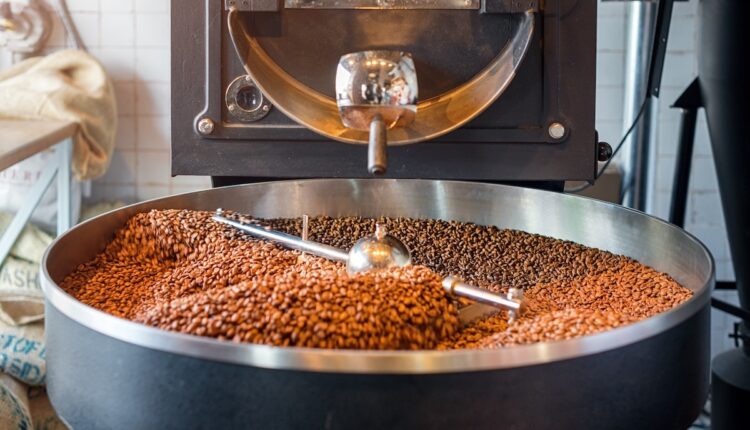New research unearths Arabica roasting breakthrough – BeanScene
Researchers from the University of California, Davis (UC Davis) Coffee Center has potentially found a new way to ensure a precise, quantitative approach is taken to coffee roasting.
Coffee roasters typically take a sensory approach to roasting beans, relying on visual, auditory, and olfactory signals to pinpoint the ideal roast in the transformation from green to roasted bean, however new research has established Arabica beans follow the same colour curve when being roasted.
The scientists focused on studying the colour of Arabica in a variety of temperature and time constraints, in what has been reported as the most comprehensive study of commercial-scale coffee roasting colour dynamics ever completed.
“We established the roast profiles based on comprehensive sources, including scientific literature, prior practical experience, and established industry guidelines,” says Irwin R. Donis-González, Associate Professor of Cooperative Extension in Postharvest Engineering at the Department of Biological and Agricultural Engineering at UC Davis told Phys.org.
“Using a commercial drum roaster, we systematically varied the temperature ramp rates—also known as rates of rise—to observe their effects on coffee colour development throughout the entire roasting process.”
The researchers tested seven different roasting profiles, with each test lasting 16 minutes but featuring significantly different heat application patterns, from “fast start” methods using intense initial heat, to “slow start” strategies with more gradual temperature rises.
During each 16-minute roast, they collected 17 coffee bean samples, each weighing roughly 13 grams, before cooling them in liquid nitrogen prior to being transported and assesses at the Postharvest Engineering Laboratory at the Biological and Agricultural Engineering Department at UC Davis.
The coffee samples tested were a washed Ugandan from Sipi Falls, a washed Indonesian from Sumatra, and a honey-processed El Salvadoran from Ataco.
Researchers collected samples every minute during roasting, producing a detailed, minute-by-minute view of how the coffee’s colour evolved throughout the process.
All coffees were also found to reach virtually identical colour values at key roasting milestones, including colour change, first crack, and second crack.
“Overall, the universal roasted coffee colour curve offers significant implications for the coffee industry by providing a precise, quantitative standard for defining roast levels,” the report states.
“Currently, there are no universally accepted terms for what is meant by ‘light roast’, ‘medium roast’, and ‘dark roast’, despute the importance of these terms in marketing and consumer acceptance.
“Future work should explore a broader range of coffee species, origins, and postharvest processing methods – including decaffeinated coffee – as well as other roast profiles, including shorter roast times.”
Read the full study here.
Source: Bean Scene Mag



